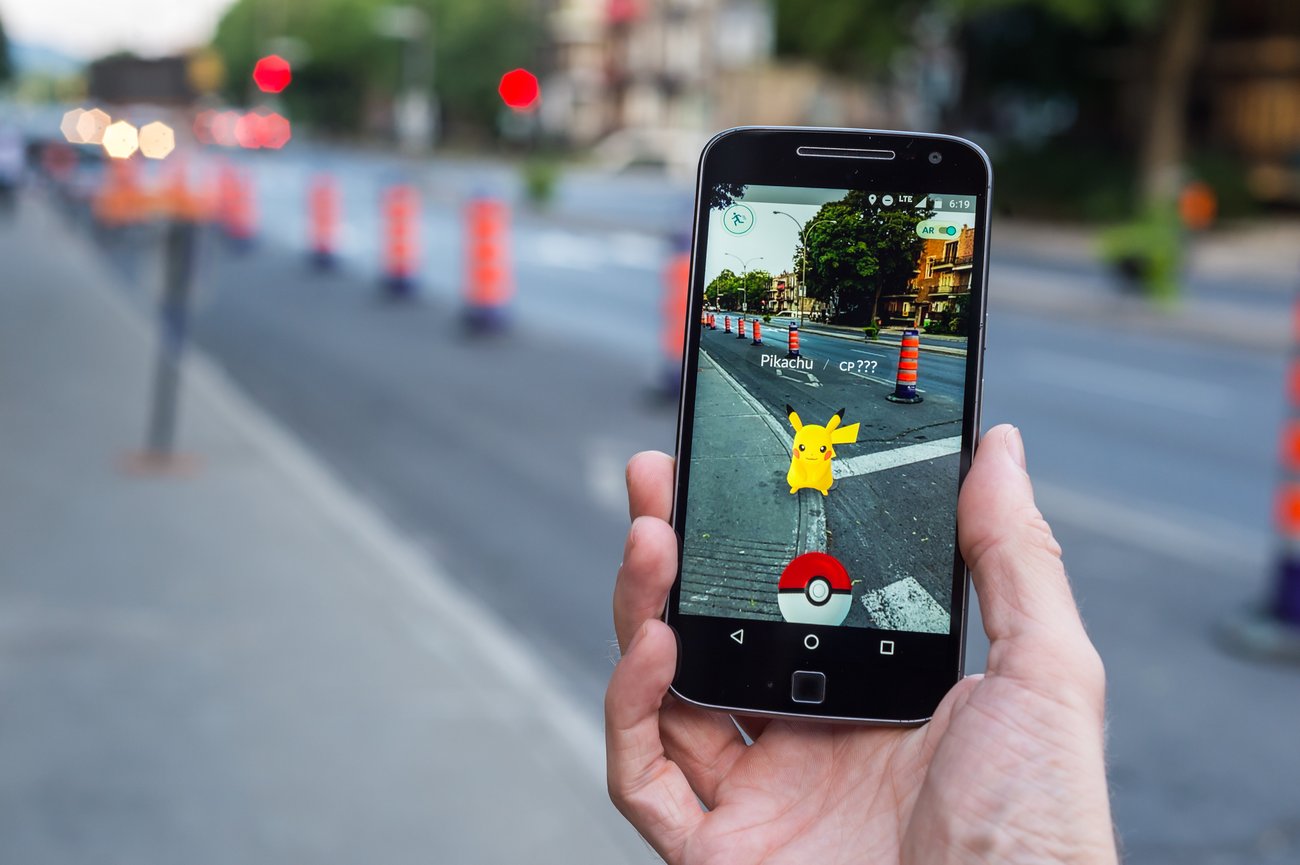
Chorus head of innovation Mike Lott says AR can deliver powerful insights drawn from vast online databases to workers as they go about their jobs.
He says: “The technology is advancing at an incredible pace. Soon it will be a familiar part of many businesses in New Zealand and high-speed, low latency broadband within the workplace will no longer be a nice-to-have, it’ll be a must.”
AR technology is already finding its way into warehouses and factories. A suitable device can draw on inventory data to direct, say, a fork-lift driver to find a widget using the best route.
Once the driver has the widget, the software shows where to take it. If necessary, it gives information about any special handling. All this happens without the fork-lift driver taking their hands off the controls.
In the US, Microsoft is running trials of its HoloLens AR headset in medical schools. Students can dissect and explore virtual cadavers without cutting real flesh.

Elsewhere, the technology allows surgeons to dry-run an operation before starting. AR can provide vital information during the procedure. Headsets or conventional displays can give doctors a three-dimensional, enlarged view of, say, a brain tumour. They can switch to a semi-transparent image so surgeons can see the structure of blood vessels before cutting.
While augmented reality shares characteristics with virtual reality, the two are distinct. Virtual reality serves up an immersive experience. The result is an imaginary world that exists only in software. Augmented reality superimposes information over the real world.
Most of the time this means overlaying images on a screen over the top of a view captured by the device’s camera. Think of those cartoonish Pokémon painted on top of familiar real world settings. Pokémon GO was a crude, early taste of what AR can do.
AR can also project its superimposed images over the real world using a heads-up display on a windscreen or through special glasses. In an industrial setting, an AR display might sit behind a protective visor. In a sense, it turns everyday reality into a giant computer screen.
Both AR and VR need fast, reliable data networks with low latency. Latency is the delay between things happening at different ends of a communications link.
If you’re wearing a head-mounted display, any AR images or data should change as you move your head. Delays can cause confusion and, in some cases, motion sickness.
You need at least 100Mbps for high-resolution AR images and an ultra-low latency broadband service. Fibre’s ideal as it has the lowest latency and greatest capacity, but if this isn’t available a fixed broadband technology like VDSL will generally outperform wireless.
Poorly performing broadband may result in cartoon-like animation for your AR experience. For a fully immersive, real-time AR, you need gigabit broadband speeds.

Chorus is rolling out fibre broadband to more than 1.3 million customers, providing a future-proof network that will enable New Zealand to be one of the best connected countries in the world. To find out more visit chorus.co.nz




